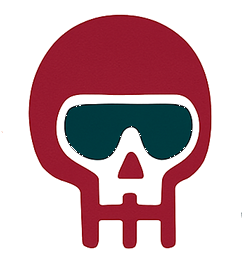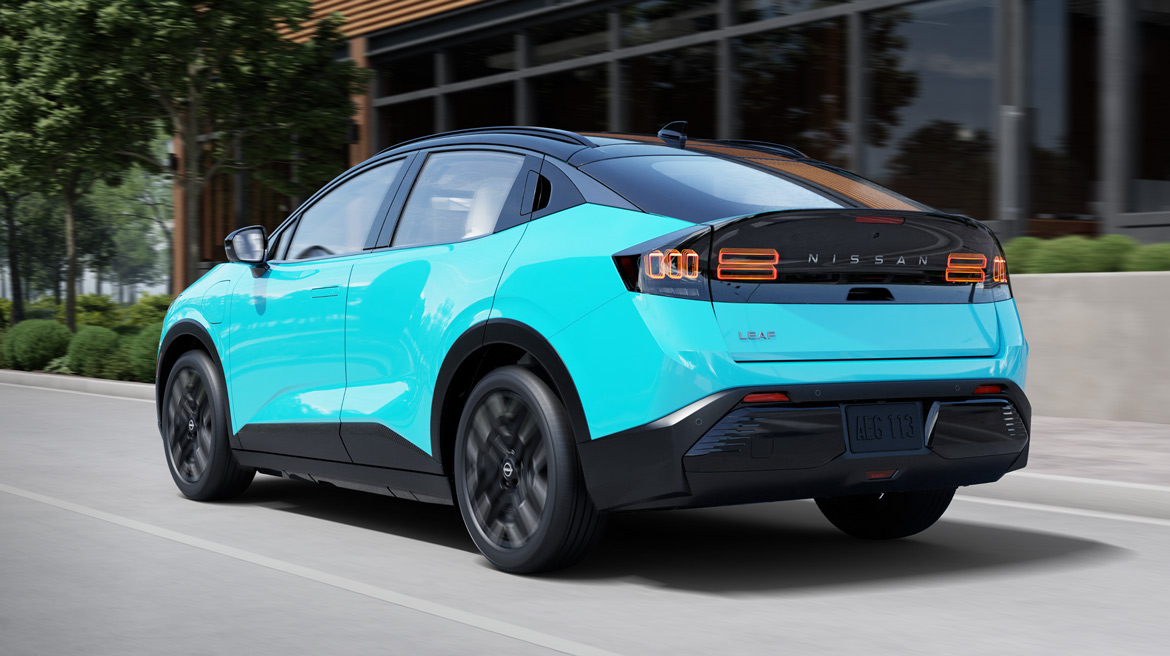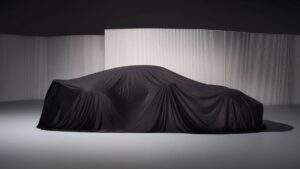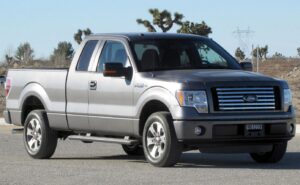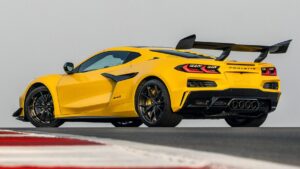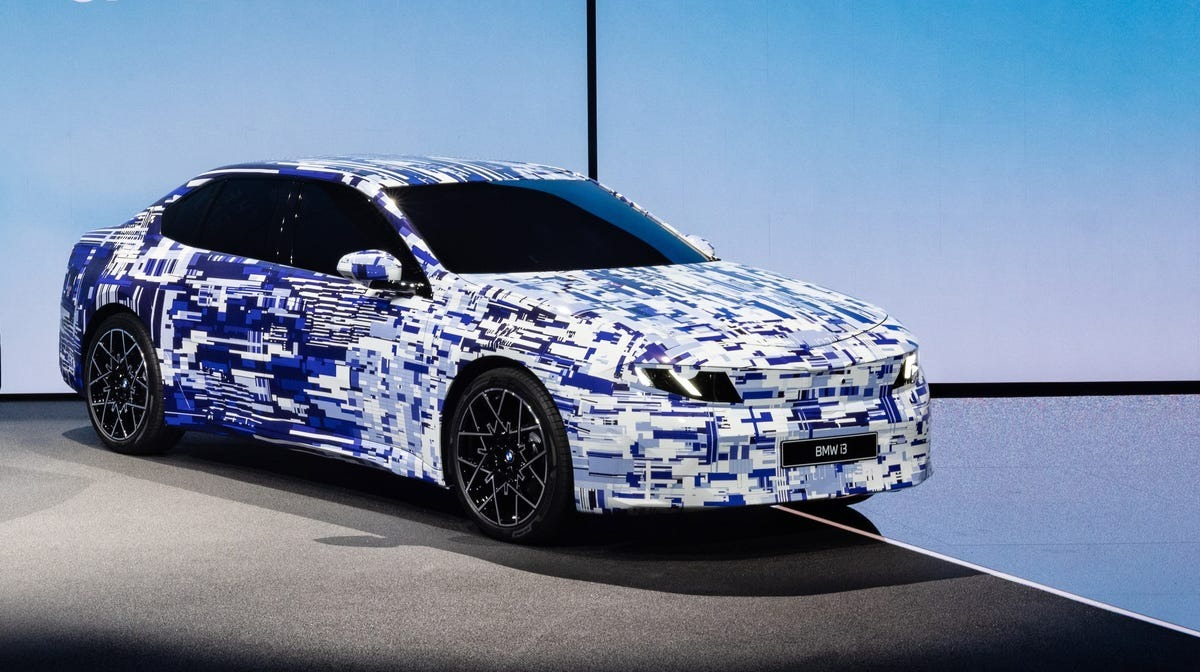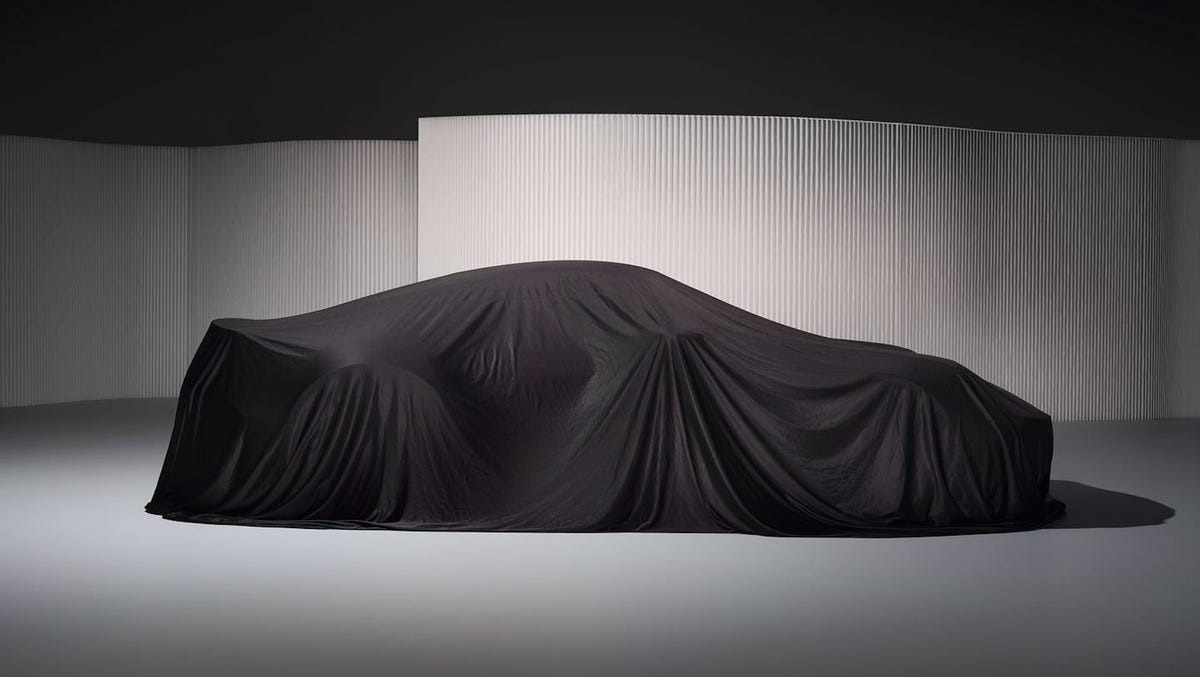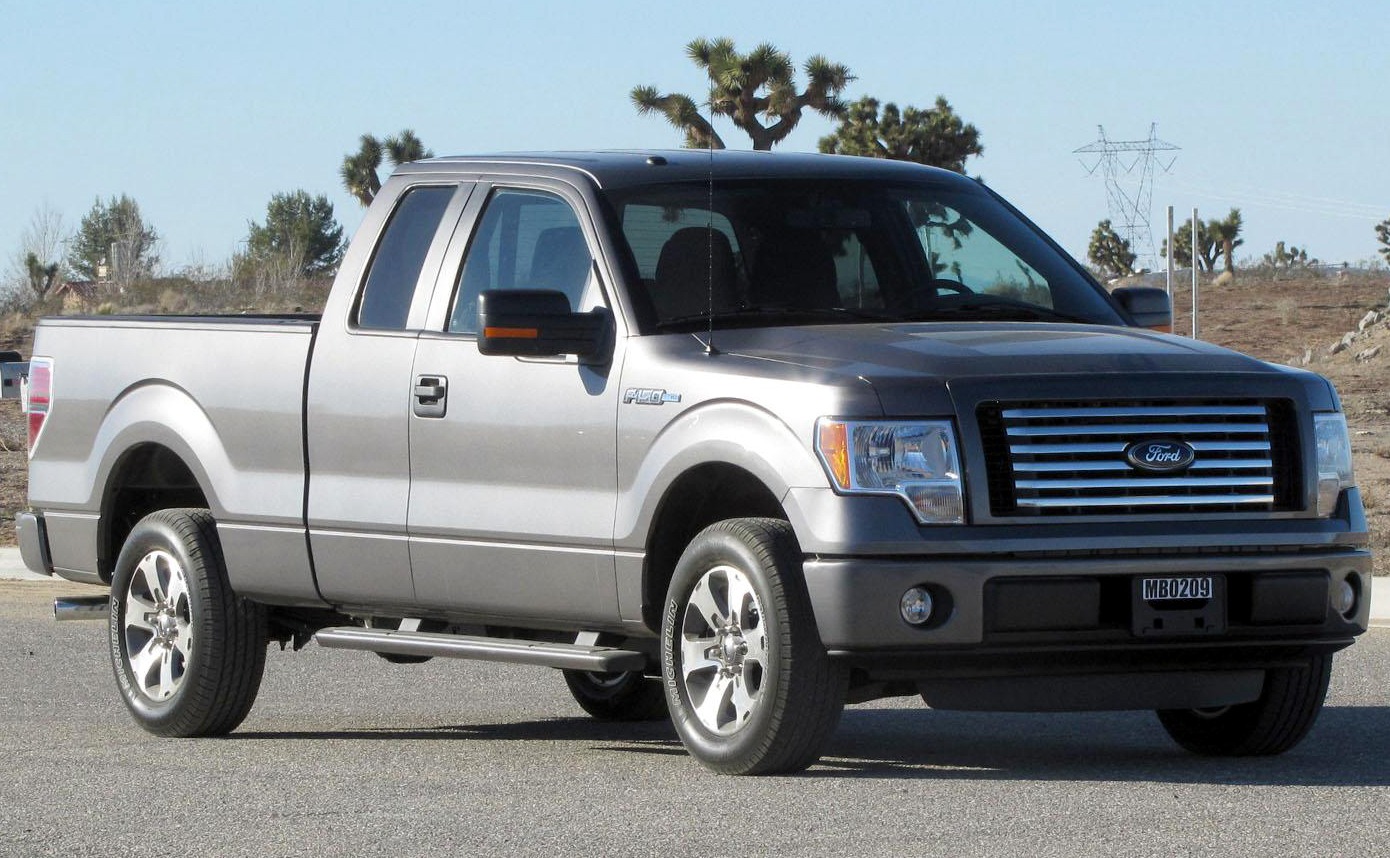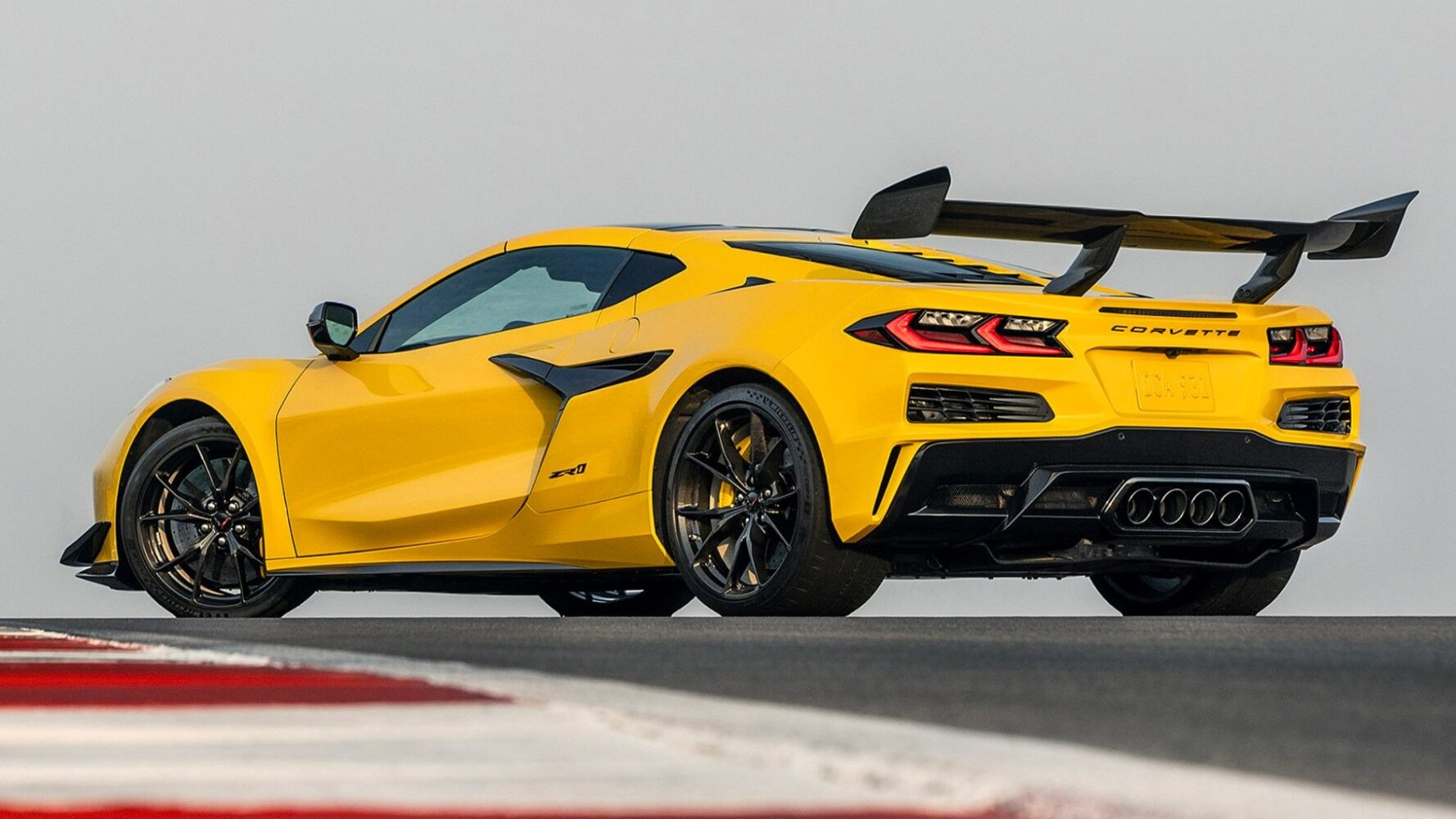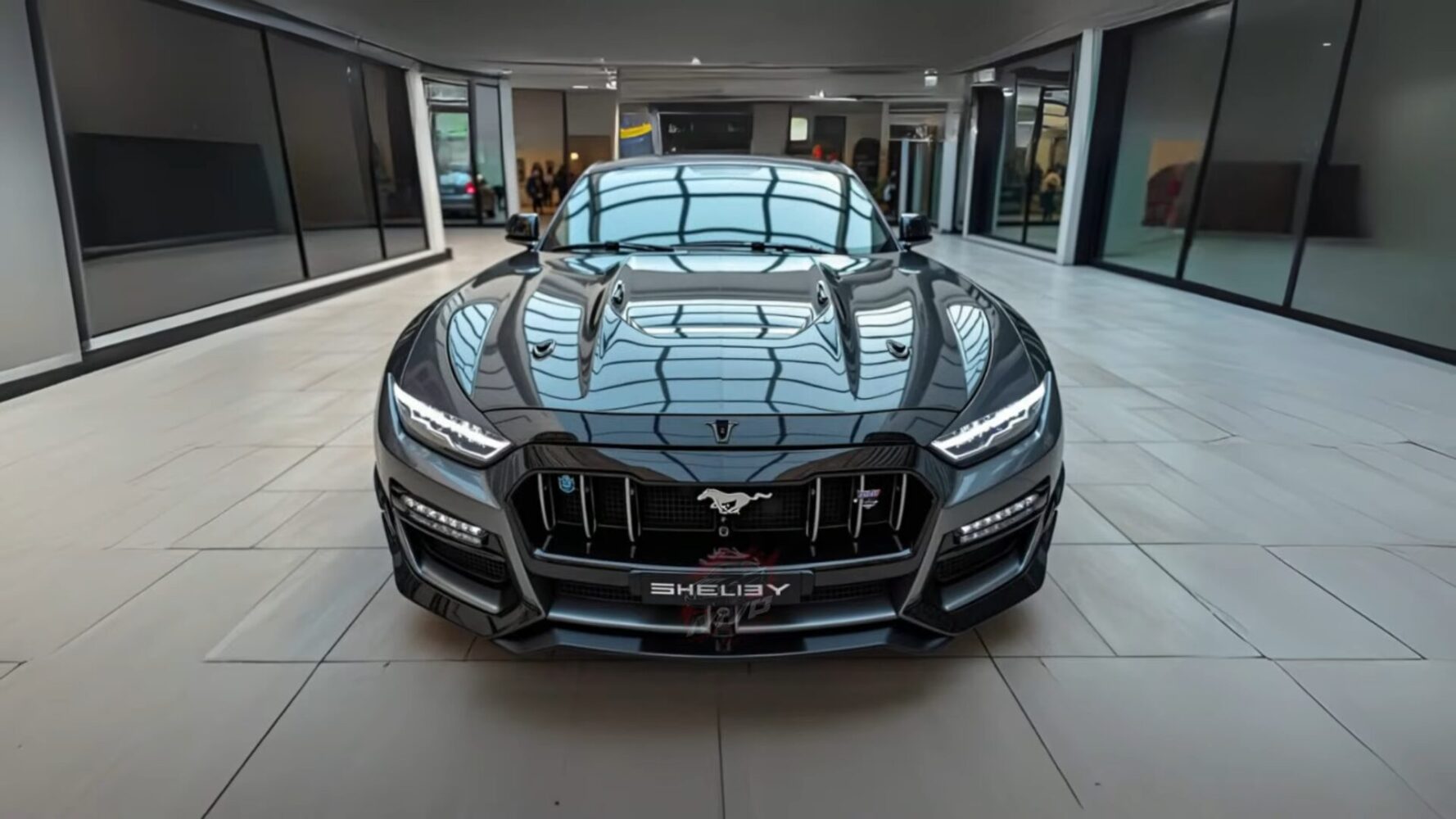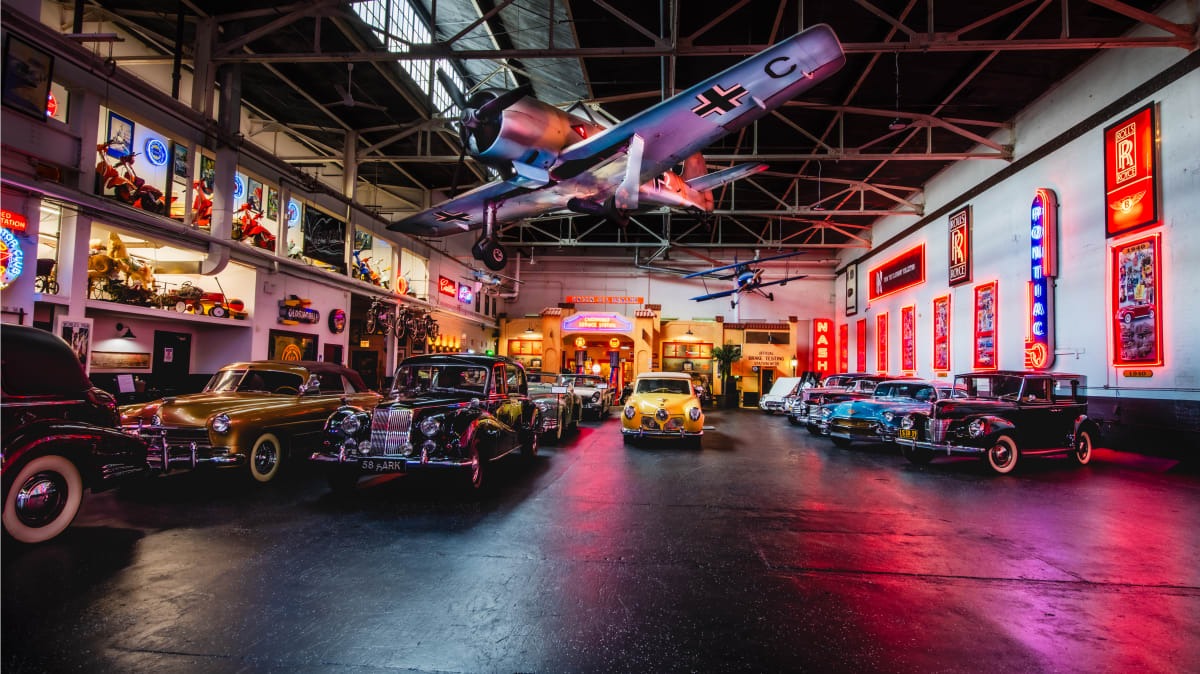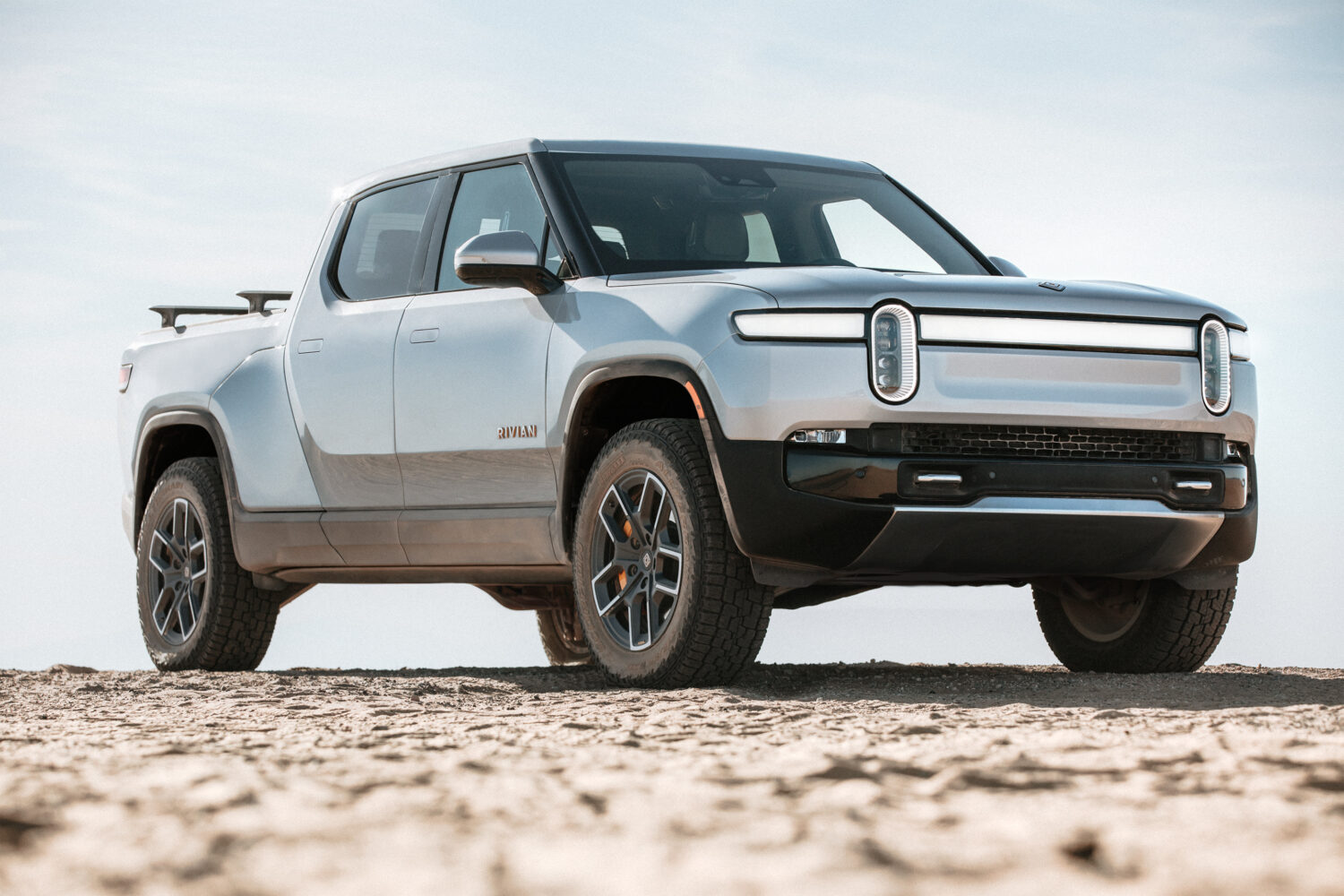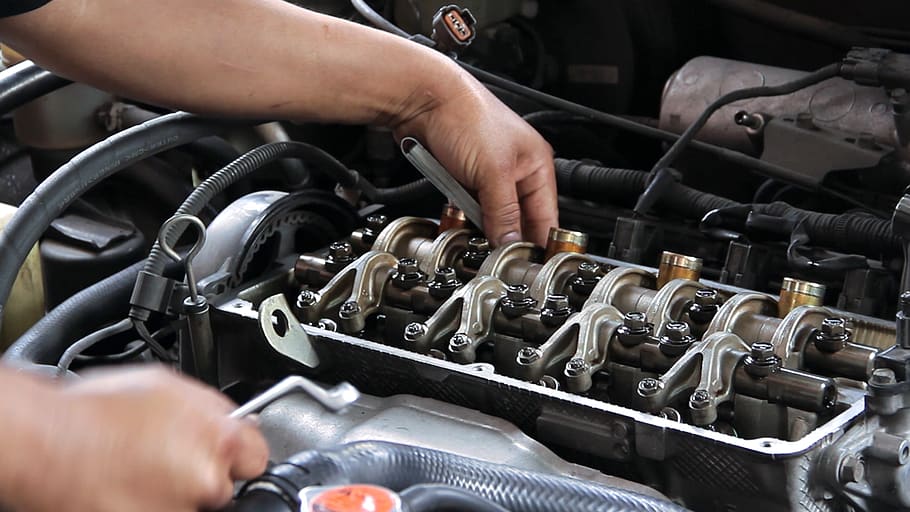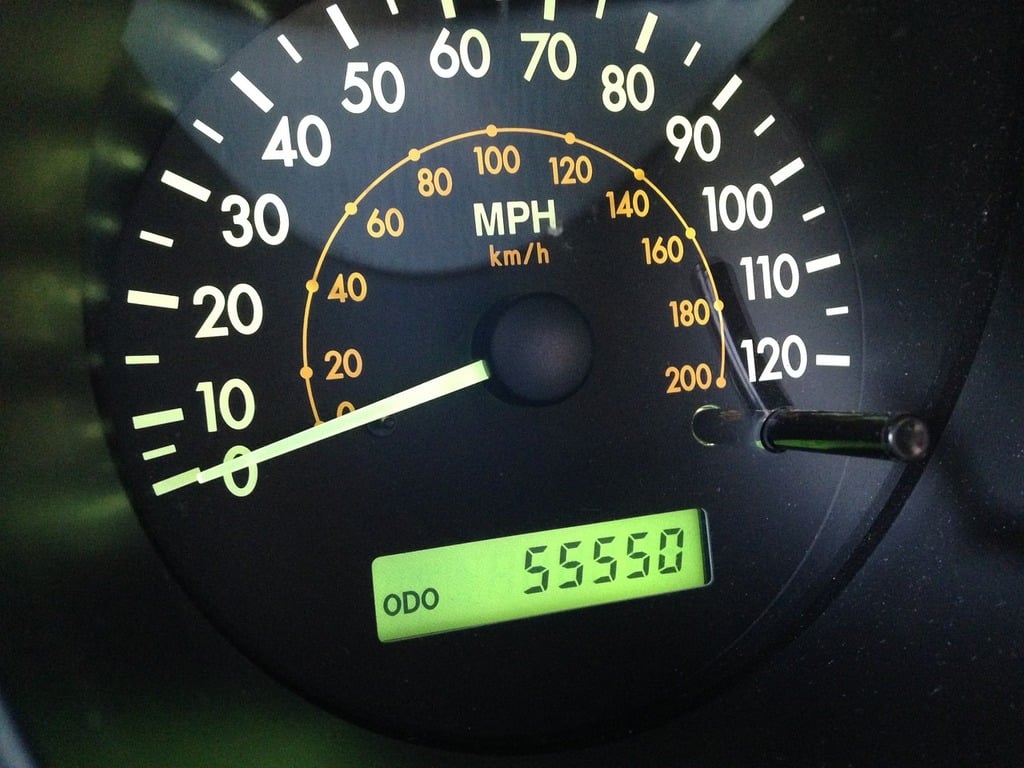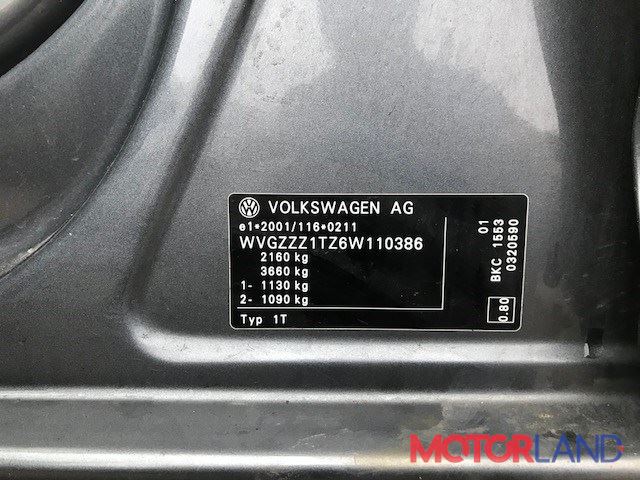Nissan finally figured out how to price an electric vehicle without making your wallet cry. The 2026 Leaf lineup spans four trims that correspond to what you’d pay for similar gas crossovers.
Unlike Netflix’s recent price jumps from $7.99 to $24.99 monthly, the base S trim gets you into the EV game for around $35,000. That’s Toyota RAV4 Hybrid money for a fully electric crossover with 174 horsepower and an estimated 255-mile range. The 52-kWh battery won’t win any bragging contests, but it’ll handle your daily commute without range anxiety.
Performance-wise, expect the upgraded trims to hit 60 mph in roughly 6.5 seconds. That beats the previous generation’s 6.8-second time despite identical horsepower numbers, thanks to the new CMF-EV platform‘s weight distribution improvements.
Stepping up to the S+ for roughly $38,000 gets you the same dual 12.3-inch displays but with a meaningful upgrade: the 75-kWh battery pack that delivers 303 miles of range. That’s Tesla Model Y territory without the Tesla price tag or the questionable build quality.
Meanwhile, the SV+ trim pushes into the low $40,000s but justifies the cost with dual 14.3-inch displays and Google’s built-in infotainment system. You’re paying for screen real estate and processing power that makes sense instead of gimmicky features you’ll never use.
At the top, the Platinum+ demands close to $46,000 but loads up with a 10-speaker Bose system, 64-color ambient lighting, and a dimming panoramic roof. The trade-off? Those flashy 19-inch wheels drop your range to 259 miles.
Every trim gets dual charging ports – the standard J1772 and Tesla’s NACS connector. That’s planning instead of hoping the charging infrastructure sorts itself out. The fast charging hits 10-80% in 35 minutes, which beats sitting around for an hour like some competitors.
Smart pricing strategy explains why this makes sense because Nissan learned from the original Leaf’s mistakes. No more weird hatchback styling that screamed “I drive electric because I have to.” This crossover looks like something you’d want in your driveway, and the trim levels follow logical upgrade paths without massive price jumps.
Despite a 25% import tariff since these roll off the line in Japan, the Leaf undercuts most luxury premium EVs while delivering real-world range that works for actual people, not just press releases.
